The year 2000—that exquisitely round-numbered, exquisitely daunting historical milestone—has proven more than just symbolically significant. Whether by cosmic intent or happenstance, the annum was a watershed in the technological revolution that has changed all our lives: It birthed Style.com.
The cutting-edge website shattered the long-running, long-lead magazine model of fashion-world news dissemination seemingly overnight. It offered a range of editorial features from the start, but its not-so-secret sauce was runway coverage. Before the site’s arrival, fashion lovers eager for speedy runway collection dispatches could find only a few show photographs that ran with reviews in a handful of daily print outlets. Then followed a three-month lag time for glossy magazine reportage, which never featured collections as the designer presented them on the runway, in full.
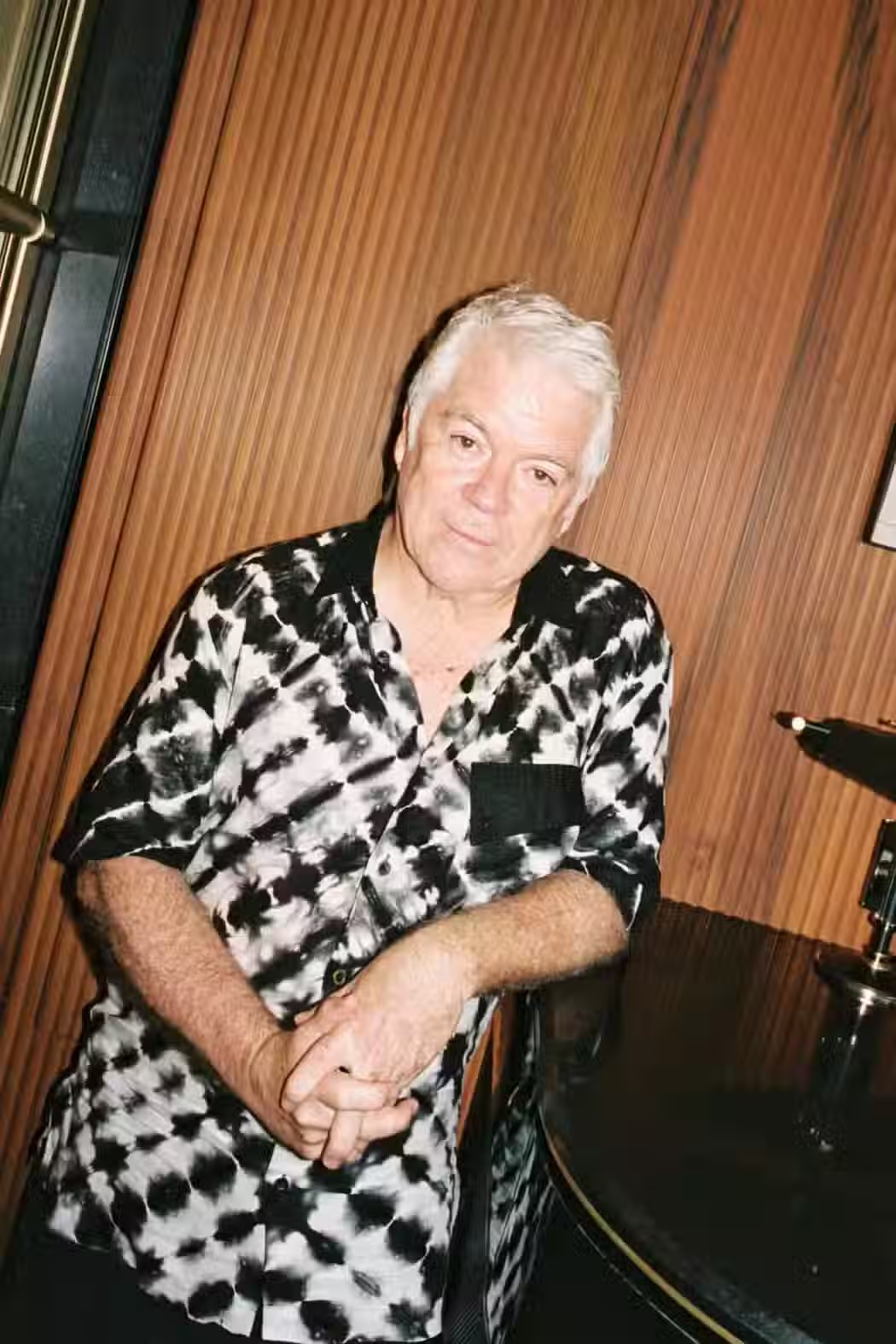
Tim Blanks, Style.com's fashion critic, now editor-at-large of The Business of Fashion.
“Style.com was instrumental in placing fashion in a wider cultural continuum because so many people from some many other creative areas looked at it and began to appreciate fashion in a more evolved way ... It was very collaborative because there was always a lot of talk about what we were seeing over lunches and dinners. I wish [my former colleagues] were my family, because then maybe I'd see them once in a while.”
— Tim Blanks
Style.com changed that with morning-after show reviews, written by deeply talented, informed journalists and accompanied by full run-of-show photos. Soon the title would be heralded for the depth and quality of the rest of its range—the street style and party coverage, designer backstories, celebrity news. But it all started with demystifying fashion shows. “Welcome to our world,” Style.com said, to an eager, globe-spanning consumer audience. “Now, it’s your world, too.”
Last September, a number of Style.com “family members” reminisced on the wonders of the site: Nicole Phelps, Tim Blanks, Derek Blasberg, Tommy Ton, Katharine K. Zarrella, Steff Yotka, Nicola Kast, and Marina Larroudé convened at Cheval Blanc in Paris. (Dirk Standen, who was the website’s editor-in-chief for 10 years, joined in spirit from the Savannah College of Art and Design, where he is now Dean of the School of Fashion.) They looked back on the industry-altering phenomenon they each helped shape, some on staff, some as prominent contributors.
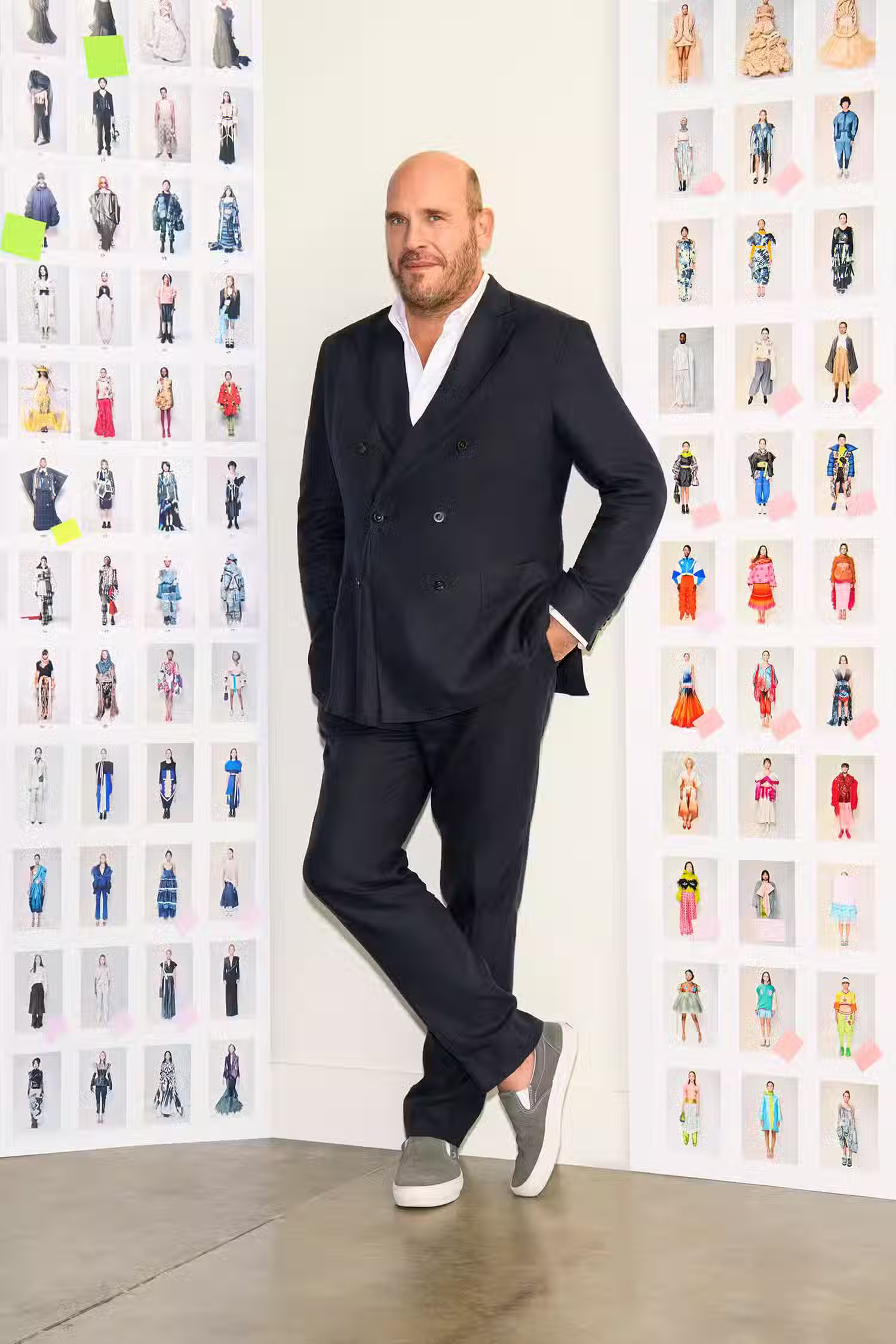
Dirk Standen, Style.com's decade-long editor-in-chief, now SCAD's Dean of the School of Fashion.
“The legacy is in the people, the people who worked at Style.com and who are now spread out across the fashion firmament like a constellation of stars.”
— Dirk Standen
“Style.com opened the door to a very insider industry, making it accessible to everyone,” says the site’s fashion market director of eight years, Larroudé, who launched her eponymous shoe brand in 2020. “It was inclusive when that word wasn't even in fashion.” That inclusivity intrigued Phelps, now the global director of Vogue Runway, who left a high-profile position at Elle magazine to join the site early on. The main attraction, she maintains, was its runway coverage. “The ‘at your fingertips’ access of its reviews, in particular, made them feel like the final word to me,” she says. Blasberg identifies himself as “a fan before I was a contributor,” he says. “Style.com opened up this fabulous swirl of international fashion weeks and art openings and society galas to folks who, like me, were very far from it and had our noses pressed up against the glass.”
Just as many young people today find inspiration on social media, Style.com inspired many to pursue careers in fashion in the aughts and early teens. Ton, who would become famous for his arresting street style photography, remembers “using the school computers at my high school to log onto Style.com and click through all the show coverage.” As a college student, Zarrella wrote a fashion column for her school paper and dreamt of working at the site. After graduate school at Central Saint Martins, the dream became reality when she was hired as its associate news editor. “I’m pretty sure I cried after getting the call,” says Zarrella, now the fashion director of The Wall Street Journal’s Off Duty section.
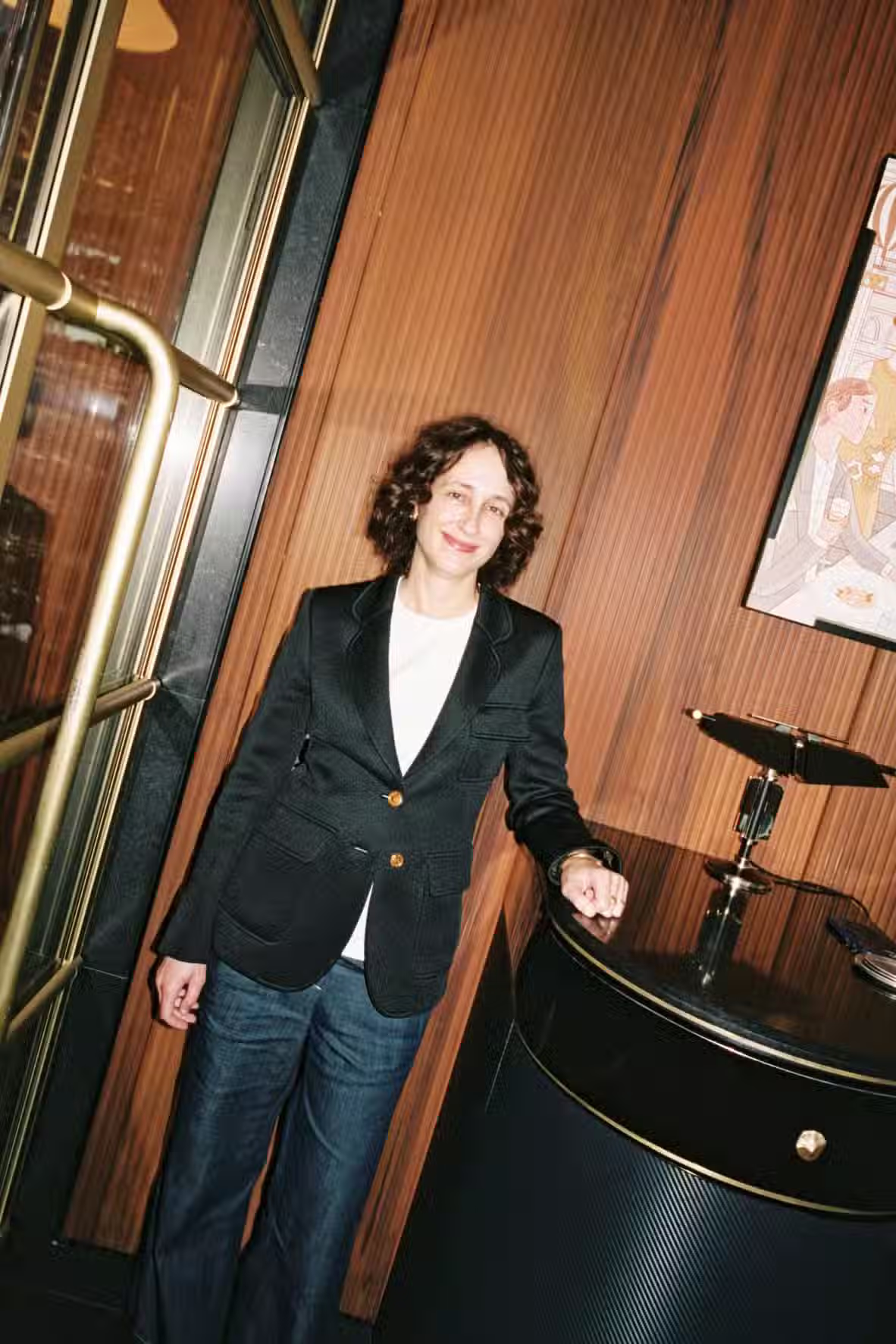
Nicole Phelps, Style.com's executive editor, now global director of Vogue Runway.
“These days we like to talk about how social media has changed fashion shows. We forget that Style.com shifted things first ... We would regularly hear designers say, ‘if a show isn't on Style.com it's like it didn't happen.’”
— Nicole Phelps
Democratization is perceived as Style.com’s primary legacy, and rightly so. Yet drawn in by powerful runway coverage, its audience found an insightful, fully realized editorial product. A piece on Style.com mattered deeply to its subjects. Powerhouse brands coveted placement on the then all-important home page, while legions of young designers longed for any acknowledgment; even a brief mention could help launch their careers. Street-style coverage by Ton and The Sartorialist’s Scott Schuman became legendary, and the social and culture reporting was consistently compelling.
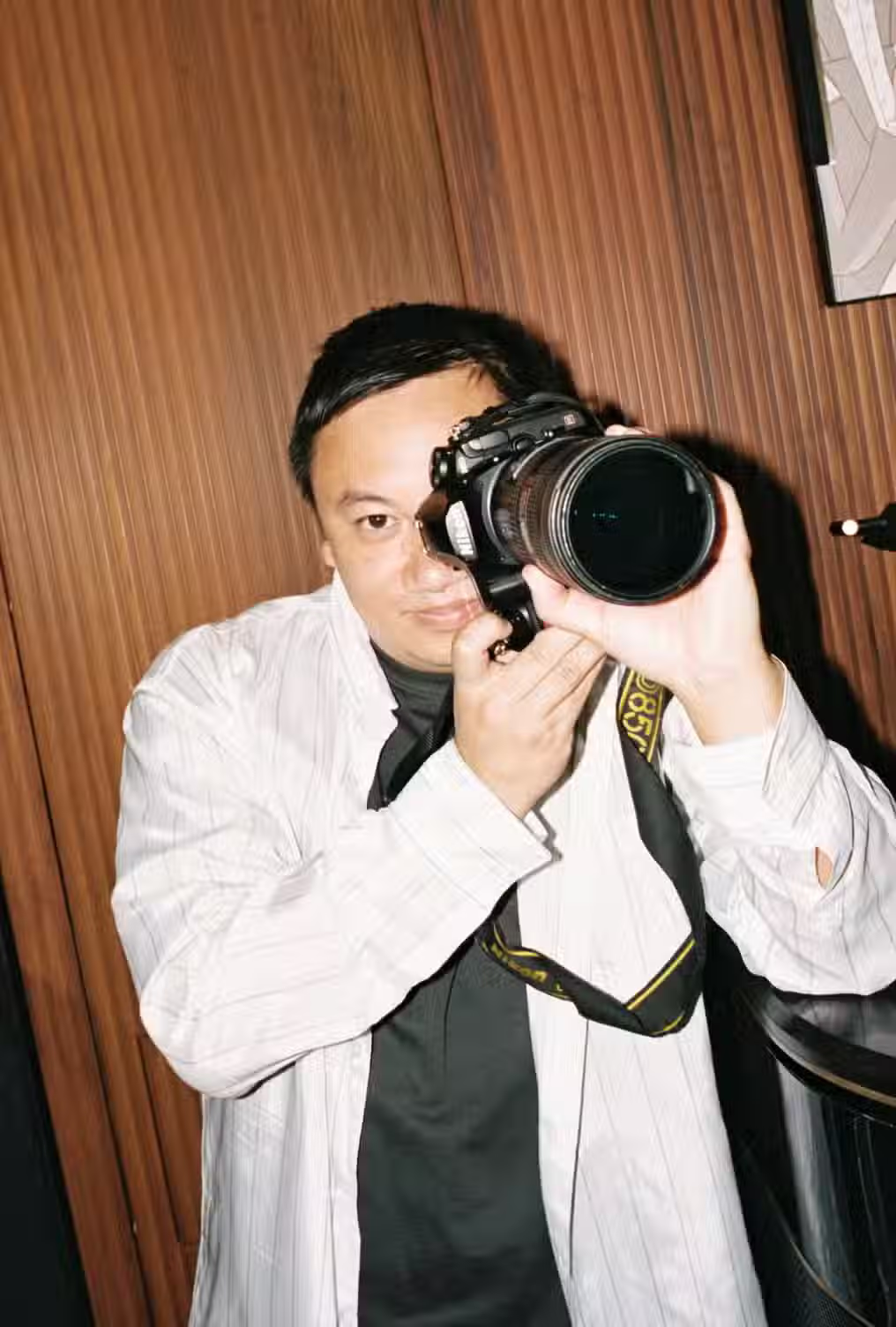
Tommy Ton, Style.com street style photographer, now creative director and photographer.
“People were living vicariously through my photos, and I understood what I was contributing was culturally changing the landscape of fashion ... It really did help democratize fashion.”
— Tommy Ton
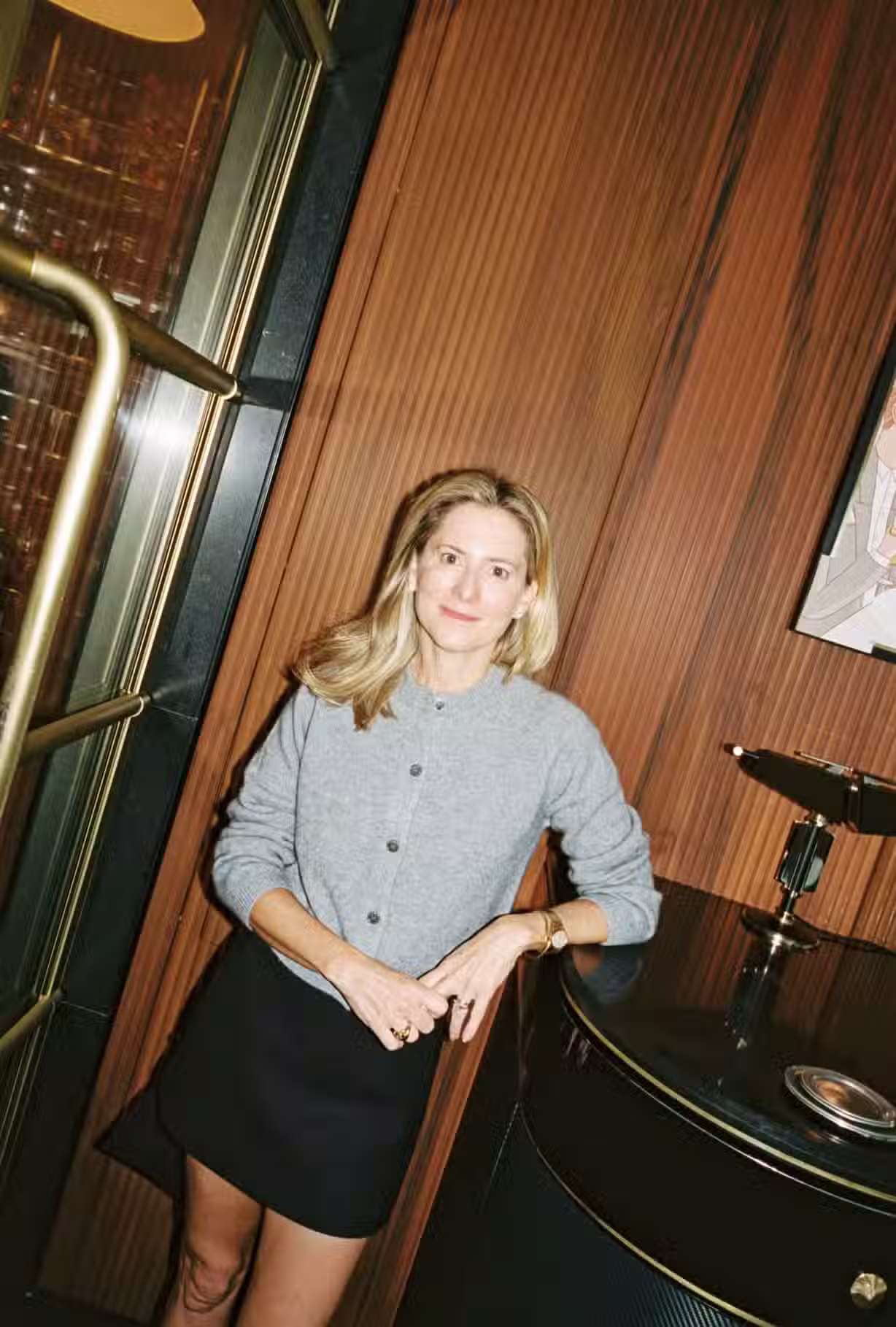
Marina Larroudé, Style.com's fashion director, now co-founder of Larroudé.
“I started with a 10-day freelance gig and stayed for 10 years ... It was a group of very smart, talented, and refined individuals who shared a passion for fashion and worked together harmoniously. It was the best job of my life.”
— Marina Larroudé
Condé Nast launched Style.com as “the digital home of Vogue and W magazines.” Blanks, now editor-at-large at The Business of Fashion, muses that giving the nascent site a name unrelated to those titles was likely a front-end defensive choice. “As I understood it,” he offers, “this was an experiment in new tech for Condé Nast, tentatively testing the waters for legacy brands in a way that was removed enough from them that if the experiment blew up in everyone's faces, those brands wouldn't be besmirched by failure.” Far from besmirching, Style.com’s unique moniker allowed for the development of a fully singular identity. Standen maintains that it was “when we became fully independent [from Vogue and W, after Condé launched separate websites for each] that it really became the Style.com that people love and remember.”
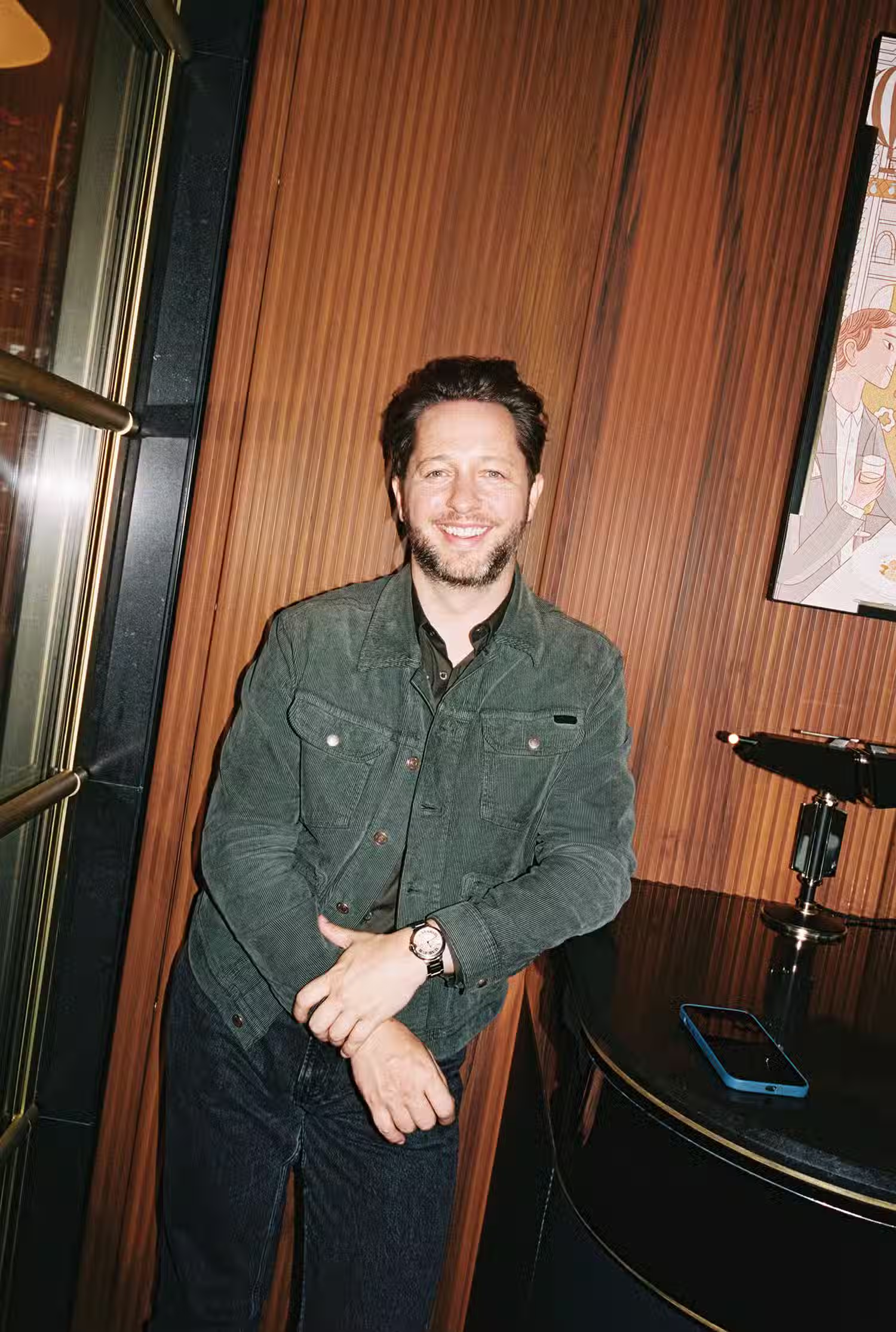
Derek Blasberg, Style.com's editor-at-large, now executive editor of Gagosian Quarterly.
“Anyone born after 1990 won’t realize what a revolution it was to digitize the fashion world. Now, we take for granted that every show is live-streamed and we can tap the screen to find out a model’s name. I remember waking up early and being so excited that all of the London and Milan and Paris shows were already on the site. Then, I'd go and look up all the parties and who was doing what with whom. Now that I’m thinking about it, it was prototypical Instagram.”
— Derek Blasberg
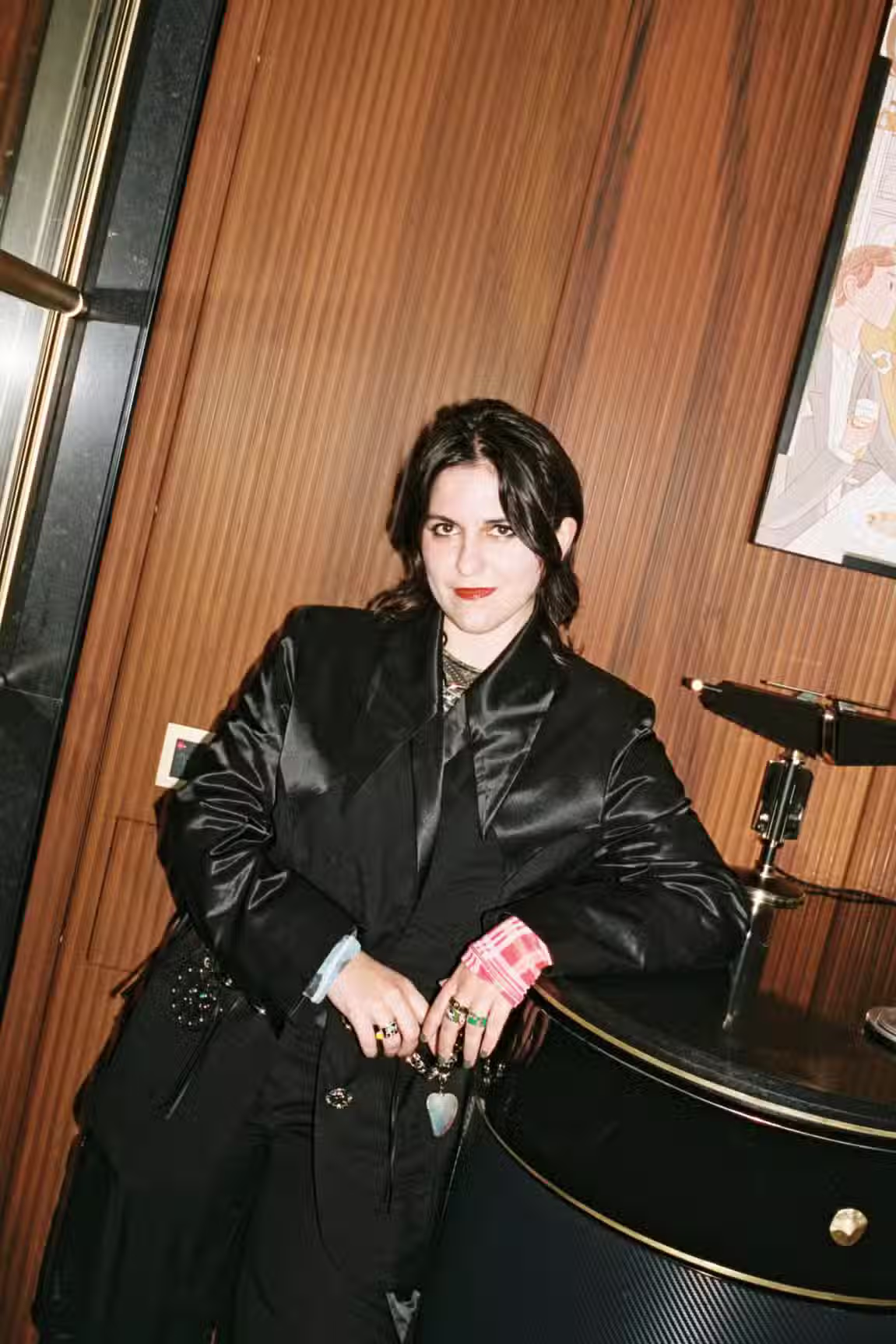
Steff Yotka, Style.com's shopping and news editor, now head of digital content at SSENSE.
“Style.com was my everything. I had pictures of Nicole and Tim on my walls growing up—they were and still are my heroes. Every job I’ve had since, every story I’ve written, every project I’ve done, I pretend I’m doing it for Style.com. What I learned is invaluable and has changed my life and my career: Be first, be smartest, and have the most fun while you do it.”
— Steff Yotka
Ultimately, Style.com was a product of the brilliant, dedicated people who worked there, who shaped it, who pulled collegiate-type all-nighters to post the 9 p.m. show or wee-hours party by daybreak; who scoured the markets for the perfect merch to highlight; who stood outside shows in miserable February weather to photograph street style; who stalked celebrities for that pithy party quote. Years later, those people retain deep affection for each other. Kast did two stints at the website, ultimately, as photo editor, beginning in 2013. “You were very busy and it was always on to the next thing, so I don't think I ever thought about how much Style.com meant,” she offers. “You just knew that you were on the same team and felt a camaraderie with the editors and team that you worked with.”
Phelps echoes her sentiment. “I loved working on something that was such an essential part of the fashion conversation. The best part of it, though, was my colleagues,” she says, recalling that, through the hundreds of shows she and Blanks attended together, he “kept me laughing the whole time.” His fondest shared memory: their marathon sessions together in his hotel room, “writing till ‘sparrow fart.’” It was,” Blanks notes, “simply the best job I've ever had.”
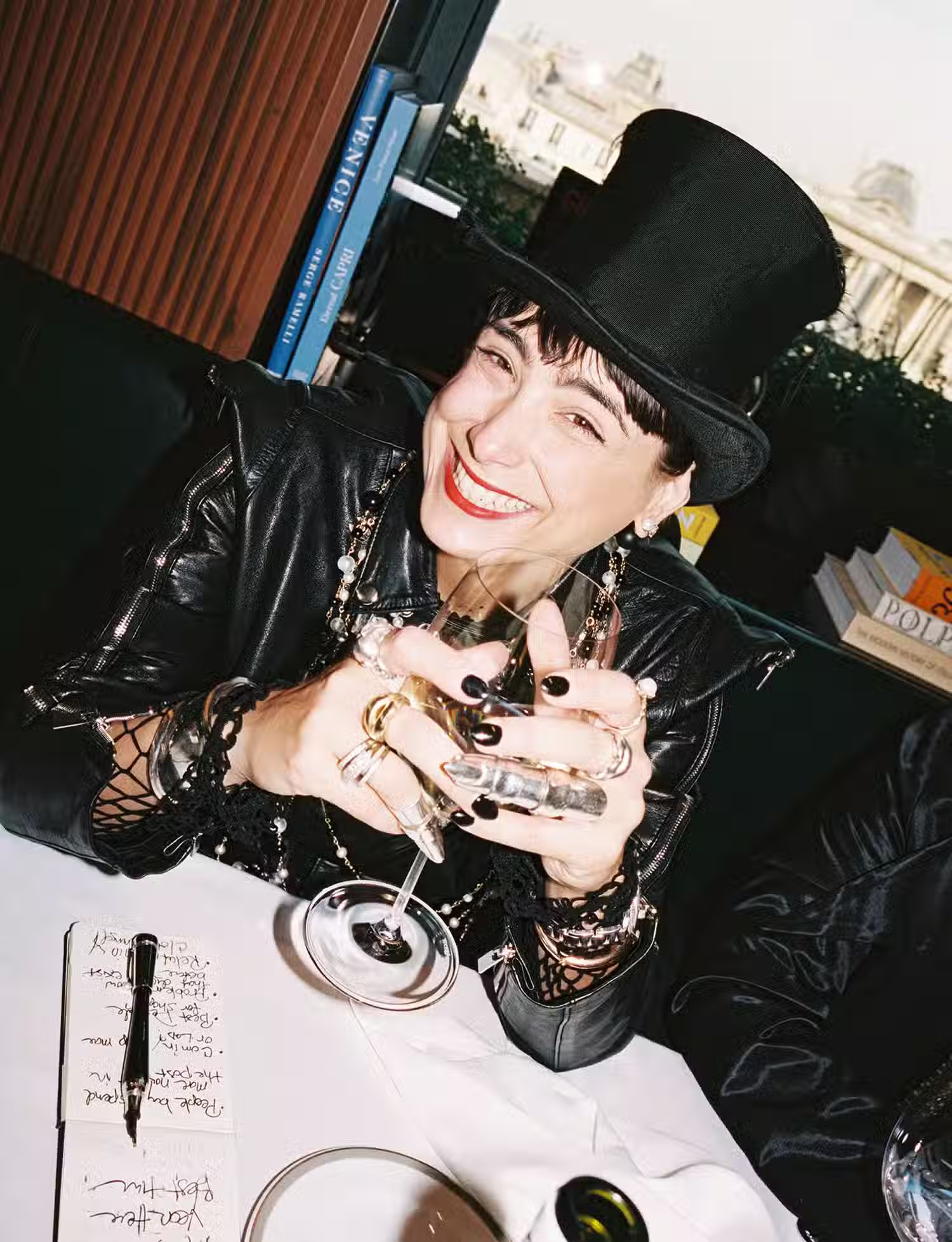
Katharine K. Zarrella, Style.com's associate news editor, now fashion director of The Wall Street Journal Off Duty.
“I am constantly told by industry types and fashion fans alike how much they miss Style.com. I miss it. Nothing like it exists now. I wish I had it as a resource. I wish the hundreds of stories I wrote still existed somewhere other than my memory. I think that, if it still existed, it would be thriving. And making bank.”
— Katharine K. Zarrella
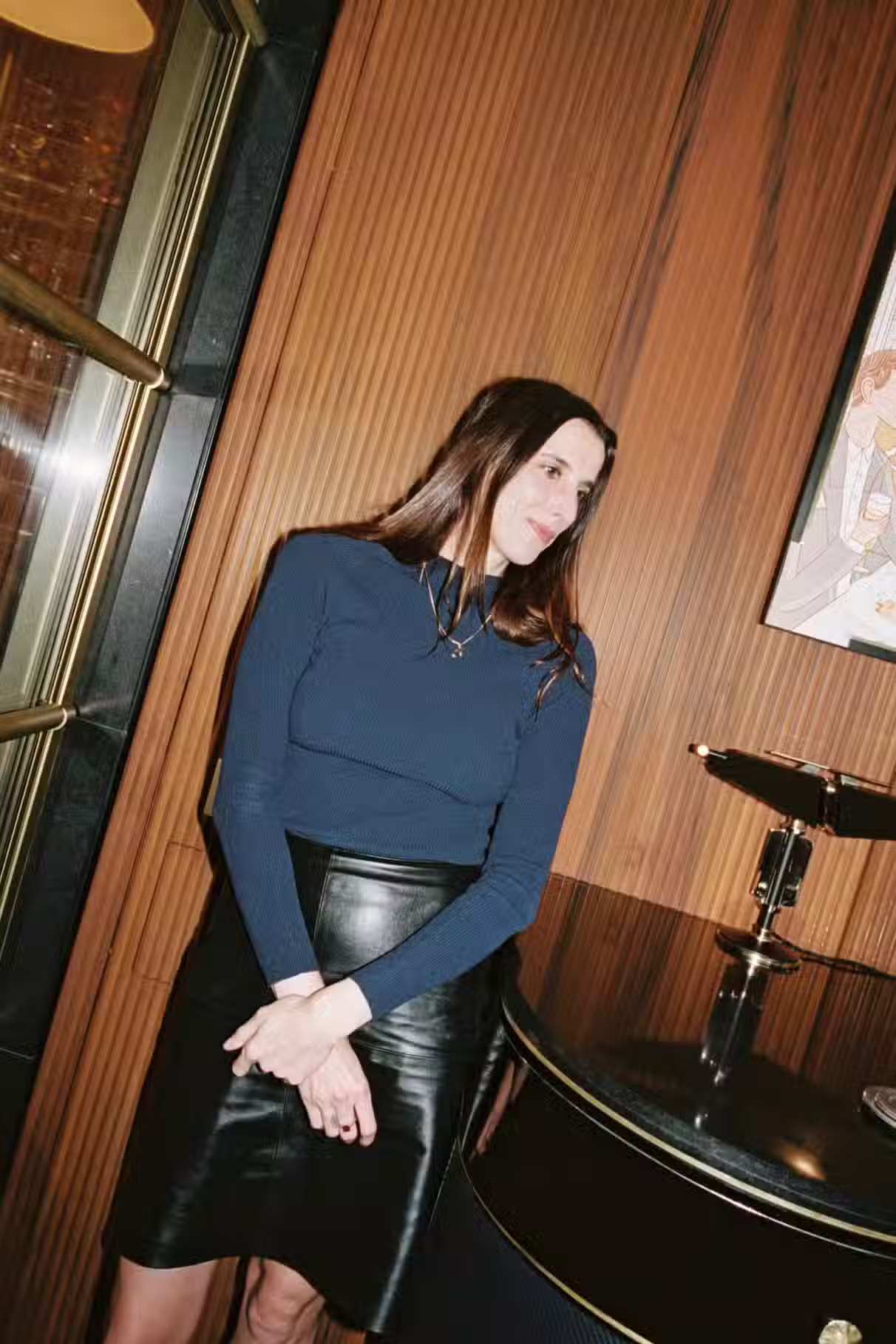
Nicola Kast, Style.com's photo director, now casting director for Dust.
“It felt different than other jobs I had. There was never any competition; just respect, intelligence, and the feeling that you were part of something.”
— Nicola Kast
By the mid-2010s, digital competition from other editorial sites, and from the brands themselves, started chipping away at Style.com’s global supremacy. In 2015, Condé Nast pulled the plug on the site as we knew it, announcing that it would rebrand the URL as an e-commerce venture. It did so in 2016, only to shutter it within months. Whether the original Style.com could have been adapted to stay relevant in the ever-changing digital world will remain forever in the realm of what if. Standen thinks a transition to a subscriber model might have worked. Yet he’s content with knowing that despite its brief lifespan, the labor of love that was Style.com made an essential, lasting impact on modern fashion and media. “Not everything has to last forever,” he offers. “Sometimes it's okay to be a beautiful memory.”
Talent MARINA LARROUDÉ, TOMMY TON, DEREK BLASBERG, NICOLE PHELPS, TIM BLANKS, NICOLA KAST, KATHARINE K. ZARRELLA, AND STEFF YOTKA
Makeup Artist FILOMENA NATOLI
Photo Assistant RÉMI PROCUREUR
Hair Assistant NASTYA MILIAEVA
Production LEONARDO SPECCHIA
Location CHEVAL BLANC PARIS
DIRK STANDEN photography by PATRICK COX in Savannah, Georgia; image courtesy of SCAD
Special Thanks NICOLA KAST

















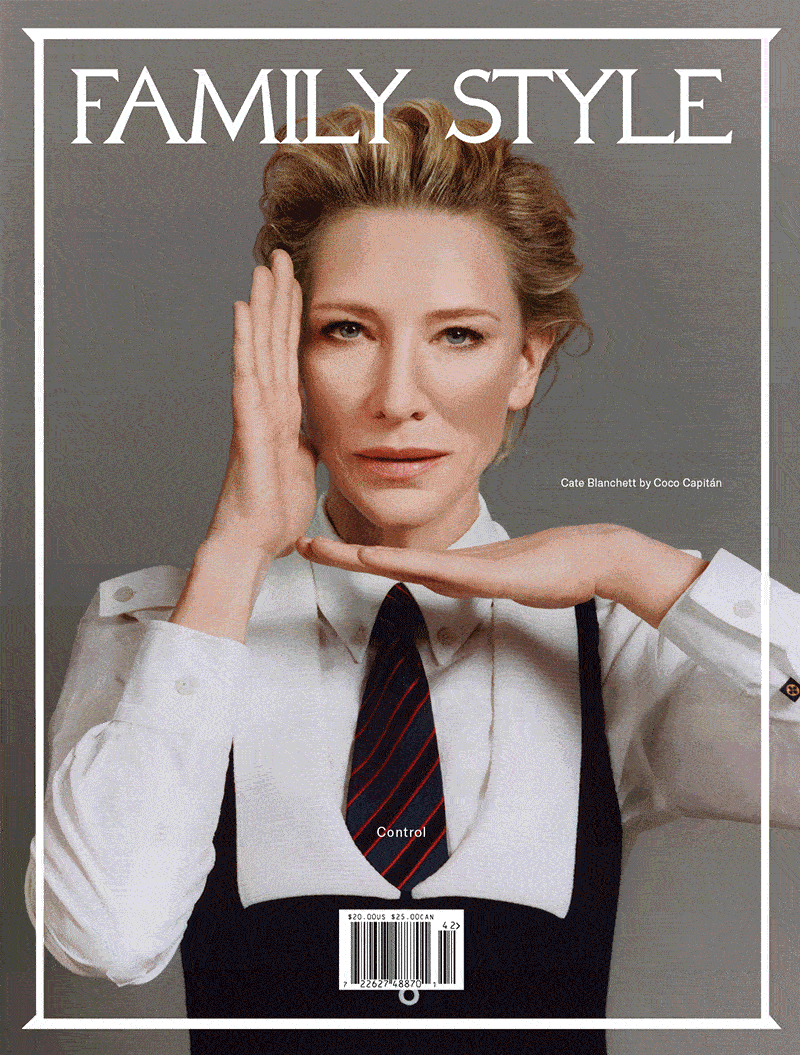


.avif)

